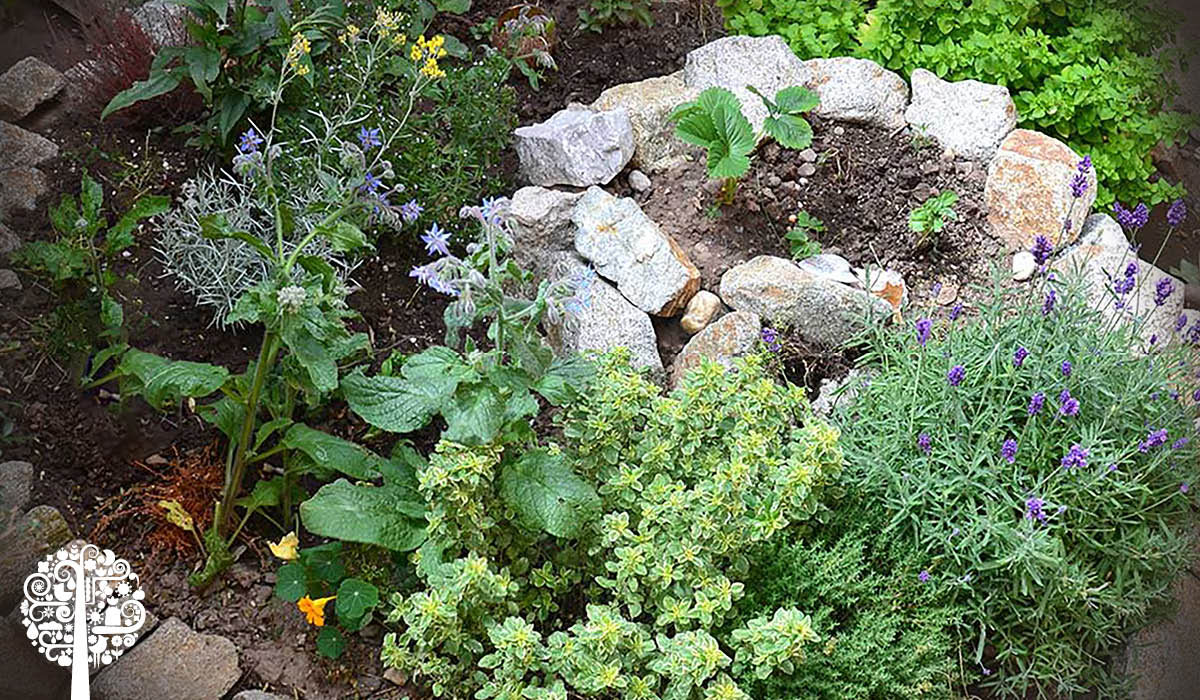Three-dimensional planting is the perfect solution for a small garden. Growing ‘up’ creates more planting surface and, ultimately, more yield for vegetables.
The best way to think of a vegetable spiral is as an old-fashioned sundial, which indicates the time of day by the position of shadows and the sun’s rays on the surface of a circle.
A vegetable spiral does the same thing by creating a three-dimensional pattern of planting in sync with the plant’s light, shade, and water needs.
Veggie Spiral Tips And Tricks
A vegetable spiral must be at least one meter in height and 1.5 meters in width in every direction from the center point. The more rotations you give the spiral, the higher it becomes. For easy accessibility, two complete spiral cycles are optimal.
Like an herb spiral, it’s crucial to orient the structure in a north to south direction with the base open to the north. When the sun rises in the east, what is planted on the east side of the spiral receives morning light. As the sun moves to the west, the east side becomes shady, and vegetables grown on the west side get sunlight. Those at the apex of the spiral will be in sunlight for most of the day.

You recreate nature by watering the spiral from the top and using compost and porous growing soil. Moisture drains from the top down through the ring, with the shady north-base being where the wettest and less natural evaporation occurs. Vegetables planted at the sunny top of the spiral will have the driest soil.
Time To Plant
If the plant’s size, light, and moisture requirements are taken into consideration, you can plant anything in the spiral.
Vegetables such as pole beans are even contenders for the center top, especially if you have a cone shape or cylinder trellis for them to climb up. This will add dimension and attractiveness to the circular aesthetic of the structure.
Remember that some vegetables such as zucchini grow large and need space and good airflow. They may take up more of the spiral than anticipated, crowding out other choices. Medium or dwarf growing vegetable varieties are optimal.

Vegetables that require 6-8 hours of sun a day are perfect for the top parts of the spiral. Dwarf tomato varieties, peppers, or eggplant are great choices.
Next to the taller, sun-loving crops, plant part-shade veggies like broccoli and cauliflower. Leafy greens such as spinach, lettuce, chard, or kale will also do well.
The bottom of the spiral has less sun but more moisture and is a good place for root vegetables such as beets, radishes, carrots, onions, and even rutabaga.
By using permaculture and the sun’s position in the sky, vegetable spirals create a unique growing area that elevates your growing!